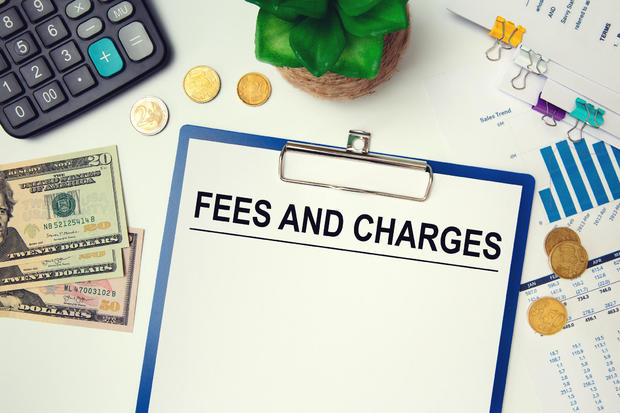How to get a high-yield savings account without fees
One of the most important aspects of growing your savings is ensuring your hard-earned dollars go toward your savings goals, not fees. You can maximize your earnings by opening a high-yield savings account, which can offer interest rates up to 10 to 15 times higher than a regular savings account. But if your account comes with fees, they can eat away at your balance no matter how high your rate is.
Fortunately, it's easy to minimize fees or avoid them altogether. In this article, we'll outline three ways to avoid pesky fees and keep more money in your savings account.
View today's savings account rates online now to see how much more you could be earning!
How to get a high-yield savings account without the fees
Follow these tips to avoid savings account fees such as maintenance, withdrawal and overdraft fees.
Look for fee-free accounts
Before opening a high-yield savings account, research and compare the options available to you.
Many banks and credit unions offer savings accounts with no monthly fees. These accounts carry no ongoing maintenance fees or minimum balance requirements, although some may charge you for wire transfers or stopped payments (which you can easily avoid with some planning).
Choose an online bank
Many high-yield savings accounts are provided by online banks. These banks operate entirely online through mobile apps and websites. While they may offer ATM access through affiliated ATM networks, they don't maintain physical locations. That means they have lower overhead costs, which they pass on to customers in the form of higher interest rates and low or no fees.
Online high-yield savings accounts come with many of the same perks as regular savings accounts, including easy access to your funds and customer service via phone, secure messaging or online chat. The only drawback is that you can't visit a branch to speak with someone in person. If this isn't essential to you, online banks are often the better option.
Be mindful of any requirements
You may decide to opt for an account with fees in exchange for a higher interest rate. If this is the case, you'll want to make sure you adhere to any requirements or limits so you don't lose some of that interest to fees.
Always read the fine print before opening an account and take the following actions to avoid incurring fees:
- Maintain the required minimum balance: One way to do this is to set up regular recurring transfers from your checking to your savings account to keep the balance from dipping too low if you make withdrawals or transfers.
- Set up notifications to alert you when your balance is low: This can help you stay on top of your account activity and avoid overdraft fees.
- Don't make unnecessary transactions: If your account limits how many withdrawals or transfers you can make each month, only use the account for long-term savings goals, not day-to-day expenses. A checking account is better suited for your daily transactions.
Explore high-yield savings account rates here to see how much you could earn.
The bottom line
In addition to avoiding fees, you should also make sure your savings account is held by an FDIC-insured bank or NCUA-insured credit union. These accounts are protected by federal deposit insurance up to $250,000 per account per institution, so if the bank or credit union fails, your money will still be safe.
All of the accounts on this list offer high yields with the security of FDIC insurance.




